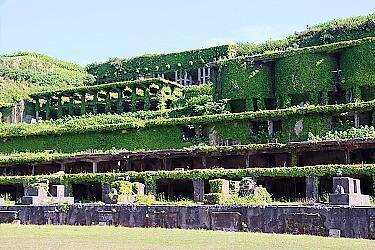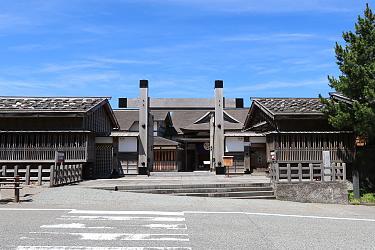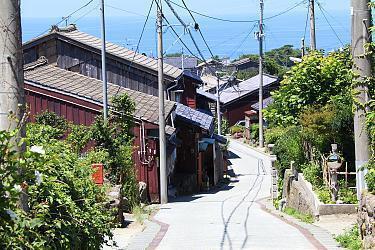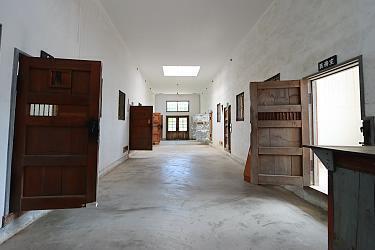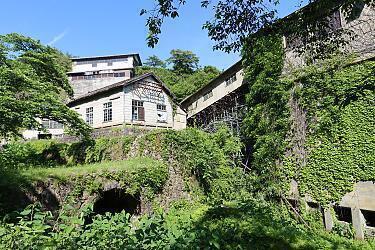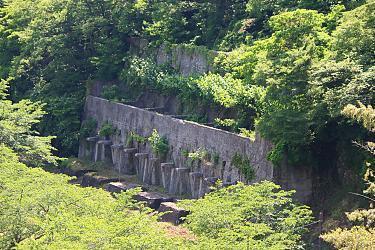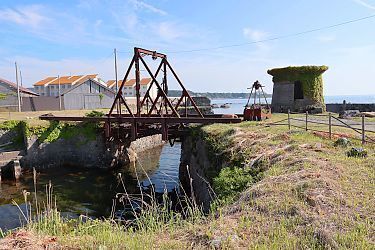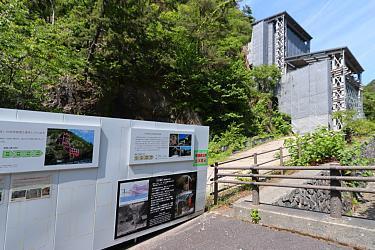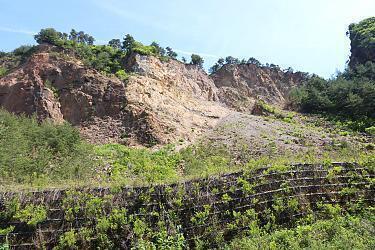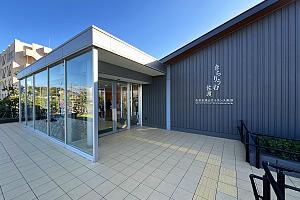Sado Kinzan Gold Mine
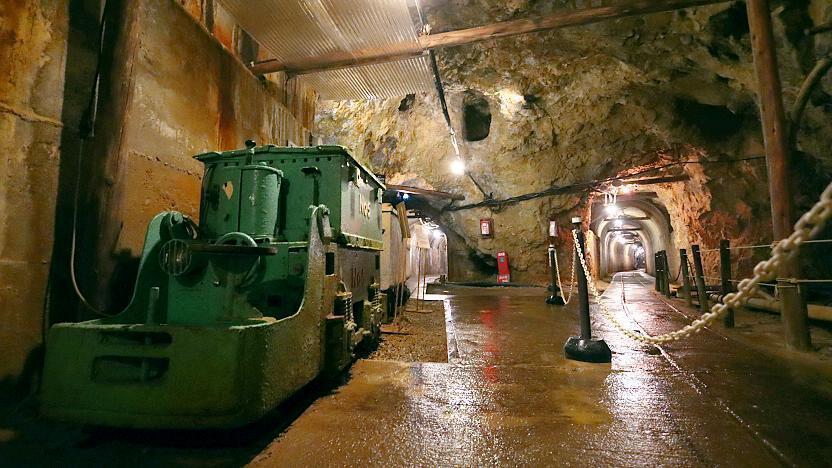
Sado Kinzan (Ź▓ōnŗÓÄR) was the most productive gold mine in Japan, annually producing nearly 400 kilograms of gold as well as smaller amounts of silver and copper. The mine was in operation from 1601 throughout the Edo Period (1603-1868) and served as a major source of funding for the Tokugawa Shogunate, which directly controlled Sado Island and its mines. The mine remained in service into the modern times until ceasing operations in 1989. It was designated a World Heritage Site in 2024.
Today the Sado Kinzan Gold Mine is open to tourists as an industrial heritage site. The main attractions are two walking courses, which lead through some of the former mining tunnels: one from the feudal ages and one from more modern times. Furthermore, there are many related ruined sites around the mines and the adjacent town of Aikawa, whose population was more than ten times larger during the peak of its gold-related prosperity than today.
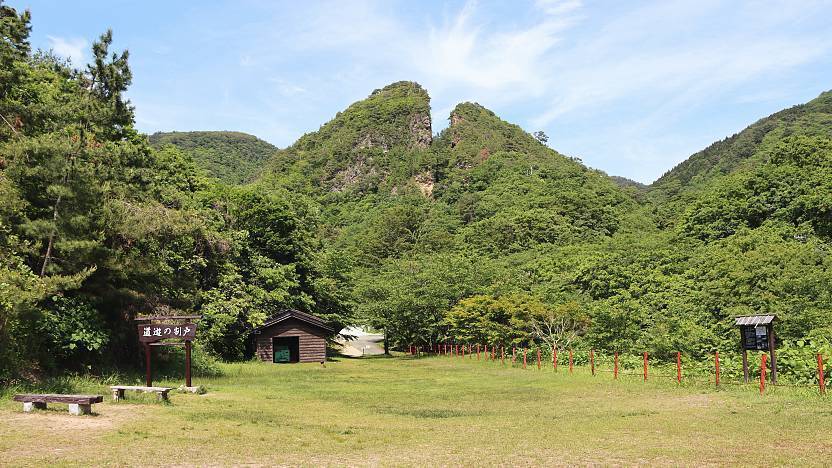
The older of the two mines open to the public, the Sodayu Mine was hand-dug around four centuries ago. Today it is well set up for tourists with life-size displays of animatronic miners "working" the mines. Informative bilingual signs provide further details about the hard work conditions and the tools and techniques used. The walking route is fully underground, and interested visitors will take 20-30 minutes to complete it. Note that the temperature in the tunnel remains around 10 degrees Celsius (50 degrees Fahrenheit) around the year.
The walking course ends at a museum, which explains with beautiful models the history of the mine, the mining process, and how mining technology evolved over time. It also has exhibits about the gold produced, and one of the most popular attractions is a large actual gold bar worth over 100 million yen, which can be touched and lifted. A souvenir shop with gold-related products and some simple food options is found downstairs.
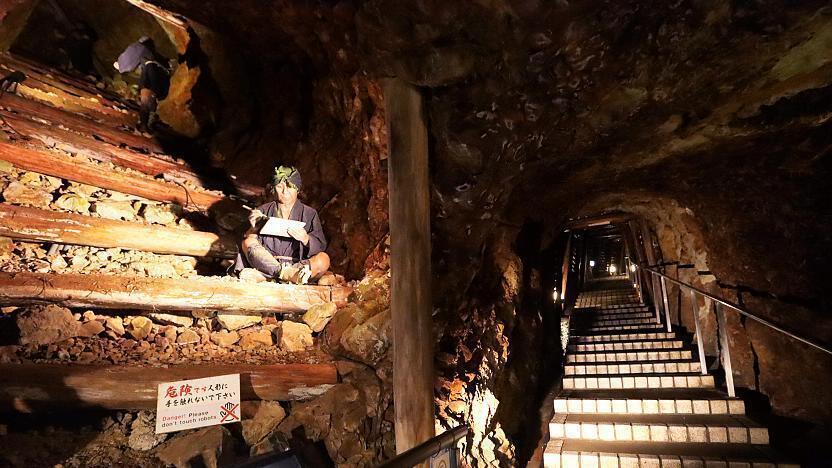
The Doyu Mine is the more modern of the two open mines. It was machine-dug in 1899, and parts of it have been preserved in the state they were in when operations ceased in 1989. The walking course first leads through a mining tunnel, which meets up with a miniature train system and a cavity where mining took place. Visitors then once exit the tunnel, where they find a workshop with tools and machinery used during the last years of operations.
From the workshop, visitors have the option to walk up the mountain for about 200 meters to a small shrine dedicated to an important former director of the mines and an observation deck with close-up views towards the Doyu no Warito, the symbolic mountain peak, which was split in half and hollowed out by the mining works. Doyu is the name of one of the first gold ore veins discovered on Sado, and mining on it continued into modern times.
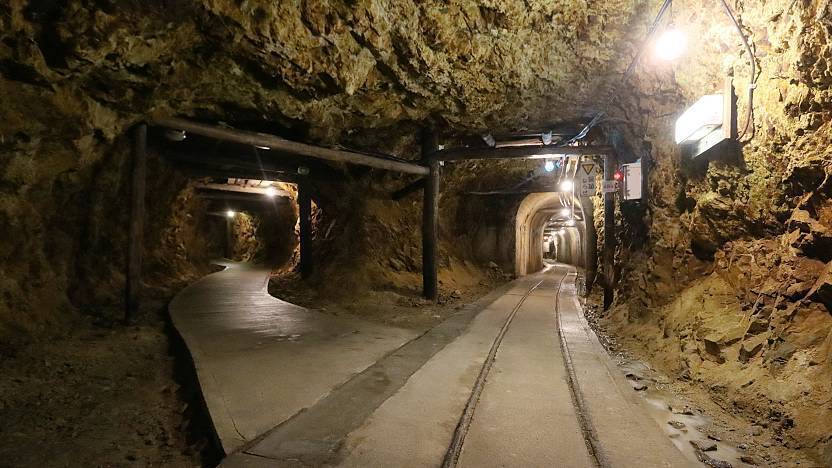
The walking course then remains outdoors and leads from the workshop past a small park and the upper part of the ruined crushing plant, where excavated rocks were crushed and sorted from 1938 until 1989. The course finally follows a train track back into a mining tunnel, which brings visitors back to the souvenir shop. The entire course will typically take 30-60 minutes, depending on whether the walk to the observation deck is included or not.
Besides the two above-mentioned walking courses, which are explored individually, the mine also offers guided tours of some other mining tunnels and other industrial heritage sites in the area; however, these guided tours require advance reservations.
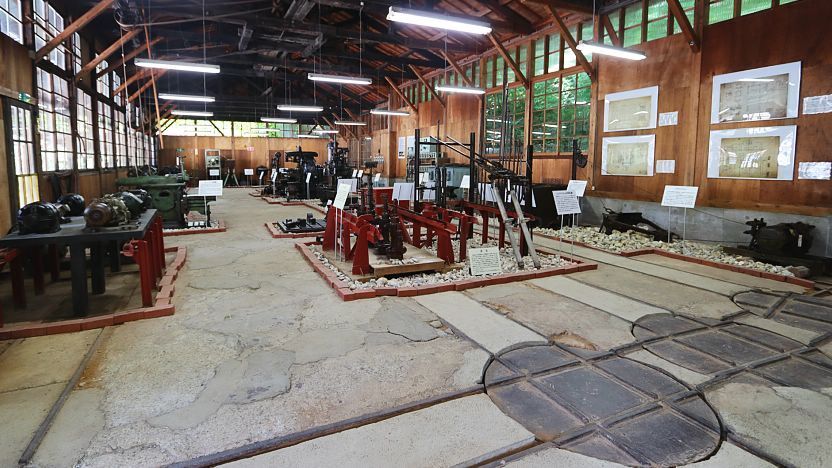
Besides the mine tunnels, many ruined buildings and other sites of interest related to the mines can still be found in the forested mountains around the mines and down in the town of Aikawa. Find below a map and a list of some of the more interesting sites:
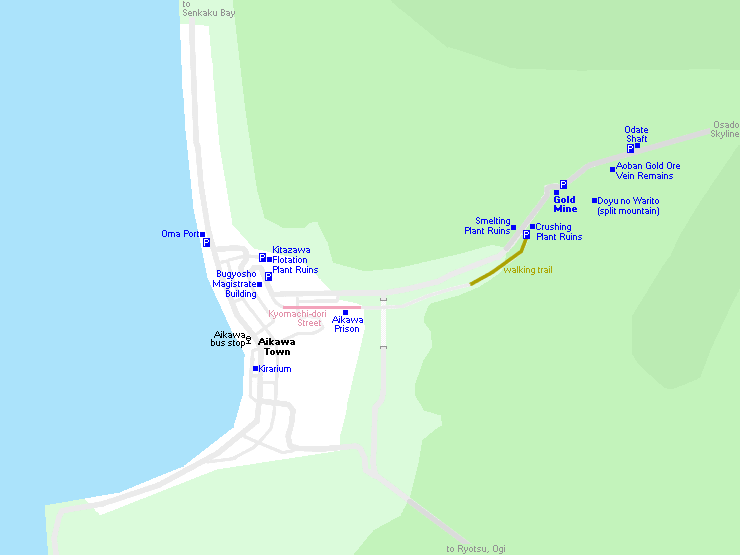
Getting there and around
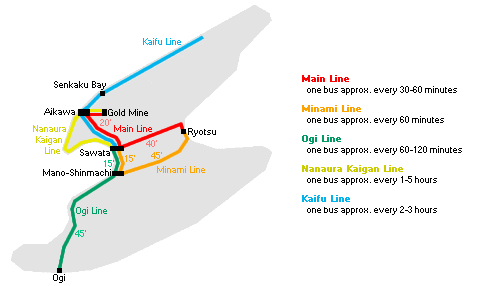
By car
The Sado Gold Mine can be reached in about 45 minutes by car from Ryotsu Port via Sawata.
By bus
Some buses along the Main Line operate all the way from Ryotsu to the Sado Gold Mine (75 minutes, 860 yen one way, hourly on weekends, but less frequent on weekdays). The other buses go only as far as Aikawa (one hour, 860 yen, 1-2 buses per hour), from where the Gold Mine is a short taxi or additional bus ride (infrequent departures) or a 30-45 minute walk.
How to get to and around Sado Island
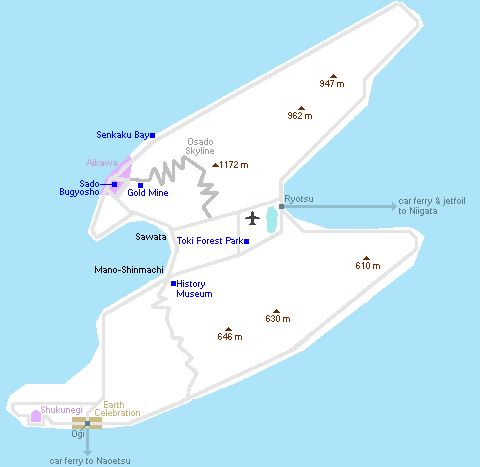
Hours and Fees
Gold Mine
Hours
8:30 to 17:00 (November to March)
Admissions ends 90 minutes before closing.
Closed
Admission
Typical Visit Duration
20-60 minutes (modern Doyu Mine)
Plus 5-20 minutes for the shared museum
Questions? Ask in our forum.
